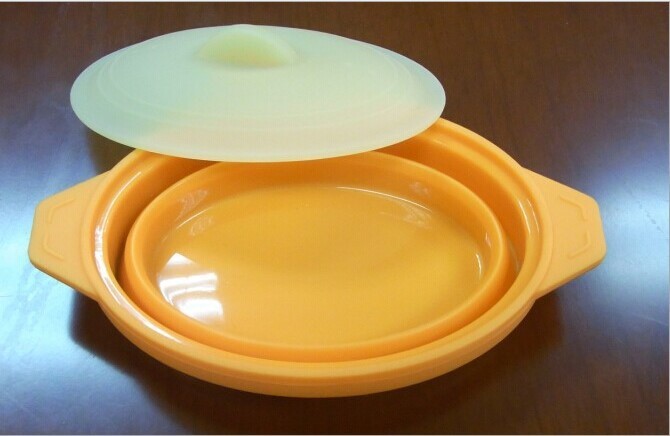Food-grade silicone: Food safety and regulatory requirements
Nov 29,2024

**Food Silicone: Food Safety and Regulatory Requirements**
Food silicone, as a material widely used in food contact areas, plays an important role in ensuring food safety due to its unique physical and chemical properties. However, its safety and regulatory requirements cannot be overlooked. This article will delve into the characteristics, applications of food silicone, and the regulatory requirements in our country regarding food safety.
Food silicone is mainly composed of silicate condensation, with its main component being silicon dioxide (SiO2·nH2O), with a content of over 98%. This material has high transparency, good stability and fluidity, and can be cast and brushed. In addition, food silicone also has good high-temperature resistance, maintaining stability at temperatures up to 250°C without releasing harmful substances due to high temperatures. This characteristic makes it widely used in food mold manufacturing, baby products, medical devices, and other fields.
In food mold manufacturing, food silicone is an ideal material for making chocolate molds, cake molds, and other food molds. It not only ensures the hygiene and safety of food during the molding process but also preserves the original flavor and color of the food. In the field of maternal and infant products, the application of food silicone is particularly extensive, such as in baby bottles, pacifiers, etc., which come into direct contact with the skin and mouth of infants, thus requiring high safety standards for their materials. The soft touch and odorless characteristics of food silicone make these products safer and more comfortable. Additionally, in the field of medical devices, food silicone is also widely used in making components of medical devices, such as catheters and drainage tubes, with good biocompatibility, not causing rejection reactions in the human body, and being easy to clean and disinfect, ensuring patient safety.
However, despite the many advantages of food silicone, its safety still requires strict regulation. To ensure food safety and consumer health, our country has established strict national standards for food-grade silicone products. GB4806.11-2016 "National Food Safety Standard for Rubber Materials and Products for Food Contact" is the core standard for food-grade silicone products in our country, which stipulates the requirements, testing methods, inspection rules, and labeling of rubber materials and products for food contact.
In terms of sensory requirements, the color, odor, taste, etc., of food-grade silicone products should meet standard requirements, and there should be no defects such as off-flavors or off-colors that affect food safety. In terms of physical and chemical indicators, including heavy metal content, potassium permanganate consumption, total migration, etc., these indicators determine the safety of silicone products. Regarding microbiological indicators, food-grade silicone products should meet the requirements of microbiological indicators to ensure the hygiene and safety of the products. In addition, labeling is also an important aspect of ensuring food safety; product packaging should clearly indicate the product name, production date, shelf life, manufacturer, and other information, as well as relevant safety warnings.
In addition to the formulation and implementation of national standards, enterprises should also follow strict production processes and quality control when producing food silicone products. From the procurement of raw materials to the production, inspection, and packaging of products, each link should strictly adhere to relevant standards and regulations. Enterprises should also establish a sound quality management system, regularly train and assess employees to ensure they possess the relevant professional knowledge and skills.
In terms of regulation, government departments should strengthen supervision and inspection of food silicone product manufacturing enterprises, imposing severe penalties on those that violate relevant standards and regulations. At the same time, they should also enhance the sampling inspection of food silicone products in the market to promptly identify and address products with safety hazards. Furthermore, government departments should strengthen consumer education and awareness, improving consumers' understanding and ability to choose food silicone products.
In summary, food silicone, as a material widely used in food contact areas, plays an important role in ensuring food safety. However, its safety still requires strict regulation. By formulating and implementing strict national standards, strengthening enterprise production and quality control, enhancing government supervision and inspection, and improving consumer awareness and choice capabilities, we can collectively ensure the safety of food silicone products and protect consumer health.

















